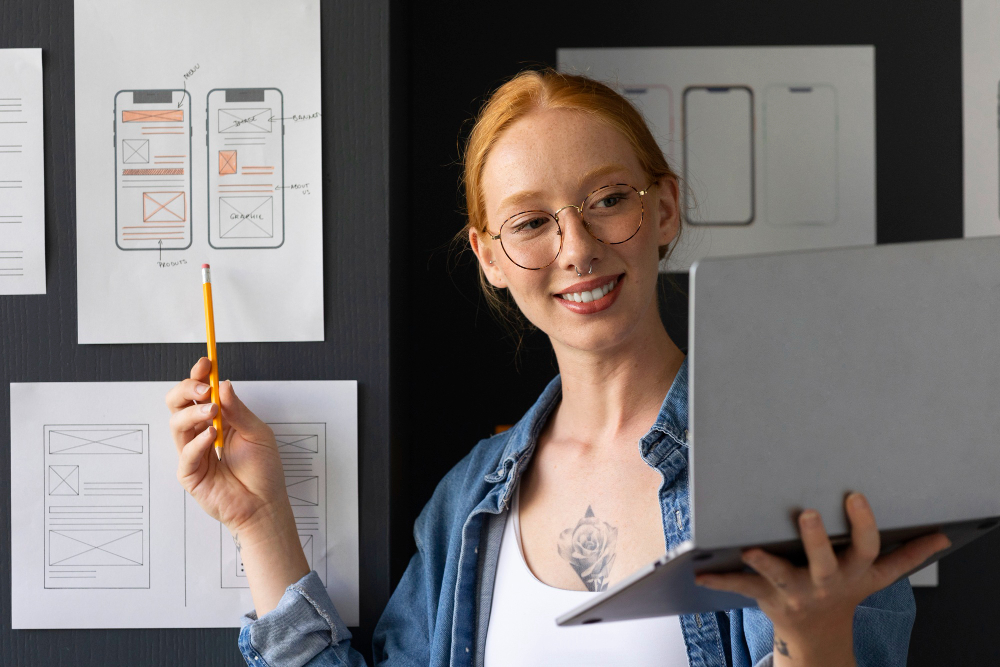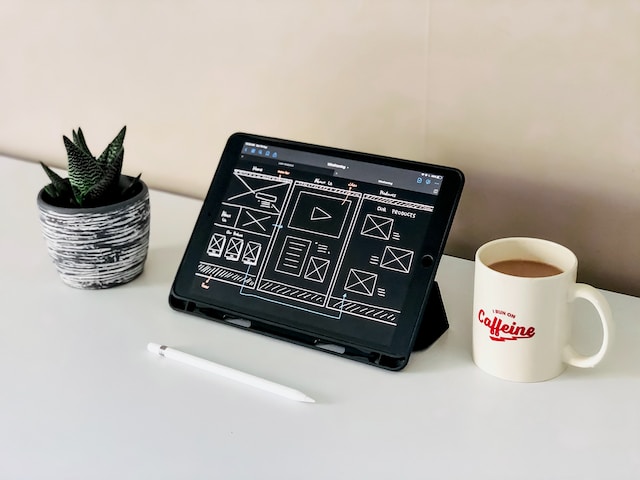The line between the physical and digital world is exceptionally thin. Every day, we use a huge number of devices connected to the internet. Our devices, from smart speakers and smartwatches to smart TVs and smartphones, connect. This is known as the Internet of Things (IoT). As a result, the goal of user experience (UX) design is changing. UX plays a crucial role in IoT design, shaping the way we interact with all of these devices.
As designers, we need to learn how to roll with the punches and adapt to new technologies. Don Norman said, “User experience encompasses all aspects of the end-user’s interaction with the company, its service, and its products.” In the IoT era, it’s more important than ever to create seamless UX. After all, UX is what ensures that the IoT ecosystem can work properly for the user.
This article covers everything you need to know about IoT and UX, but first, what is it?
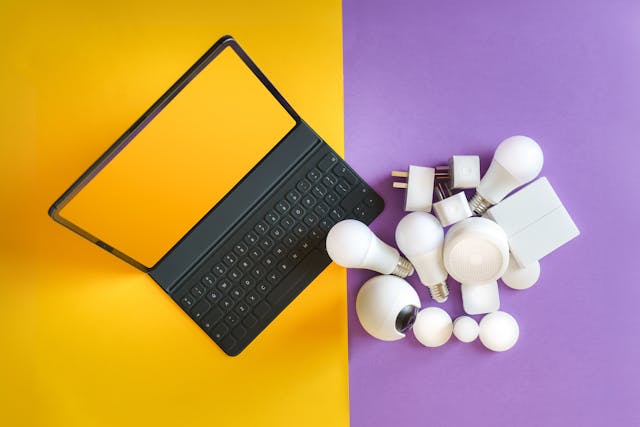
What Is IoT?
So, what is IoT? The Internet of Things refers to a connected network of physical devices that all communicate and exchange data. This includes all smart devices, including household devices like refrigerators and doorbells. All of these “things” have sensors and software to connect and exchange data with other devices on the same network.
Kevin Ashton coined the term IoT back in 1999, but the world has changed a lot since then. He defined it as “a world where physical objects are seamlessly integrated into the information network.” In today’s age, a variety of smart devices oversee our every move. In other words, we are almost certainly in the IoT era.
However, not all devices are part of the IoT.
What Is an IoT Device?
This begs the question, what is an IoT device? Essentially, it’s any piece of non-standard computing hardware that connects wirelessly to a network and transmits data. So, while laptops and phones are typical computing devices, smartwatches and smart fridges are not.
These form part of the IoT because they use sensors to gather data then transmit this data to the network.
IoT devices have a huge range of uses in both the industrial and consumer world. Typically, they integrate with other tools like smartphones, making them easier to use. This is because the user has a familiar device and interface to interact with.
When it comes to IoT devices, UX designers might have to design for a range of interfaces. This includes the screen of the device itself, the corresponding mobile app, and the desktop version. In some cases, it involves designing UI for voice software.
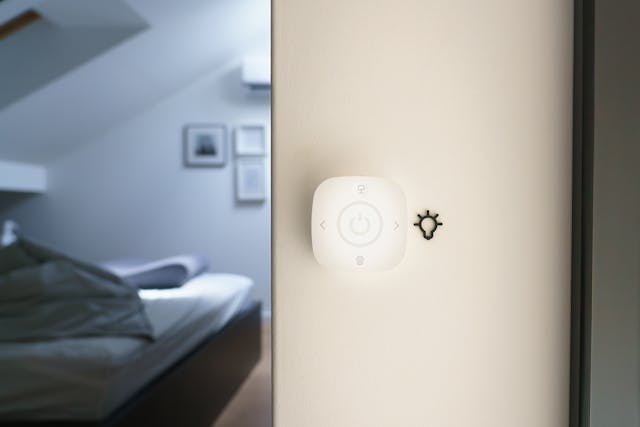
How UX Fits Into IoT Technology
Users have a lot of devices they use daily. As a result, they need a way to seamlessly navigate between them. UX designers can create intuitive, simple interactions between users and this plethora of devices.
However, when it comes to IoT, the job of the UX designer extends beyond the interface. Instead, they need to create holistic experiences that cover every touchpoint. Not only does this mean addressing UX across devices but also setting up software updates, notifications, and so on.
IoT technology presents unique challenges. For example:
- Distributed user experiences: Users may interact with the same product across several devices.
- Interoperability: Ensuring that different IoT devices within the system work well together. The user needs seamless interoperability.
- Understandable conceptual models: Creating interfaces that make sense to the user so that they can use them intuitively.
- Privacy and security: Exchanging data across a network can raise privacy issues. Users often want to know how companies handle their data.
That said, IoT also presents unique opportunities. UX designers can be entirely creative and innovative as they explore this space. They can bring new ways to work and play to users with new ways of design thinking.
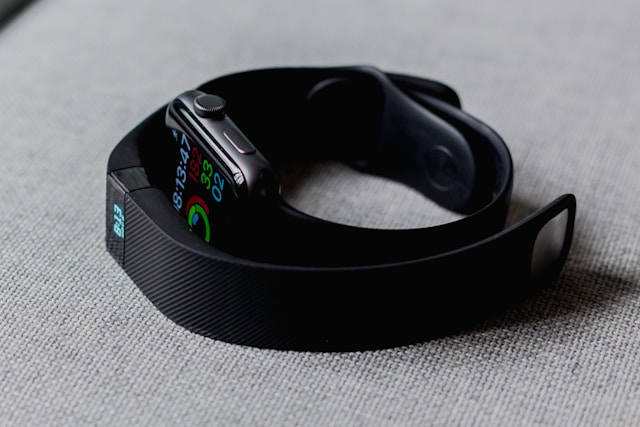
Examples of Internet of Things Design
Already, there are some great examples of Internet of Things designs. Here are three examples to use as case studies.
- Tesla Smart Summon: Tesla drivers can summon their Model Y using the mobile app. Within a certain distance, users can prompt their vehicles to come to them. The car then navigates via sensors and cameras, reaching the user’s location autonomously. Meanwhile, the user can track the progress with real-time feedback through the app. There is seamless interoperability here.
- Amazon Echo’s Voice Assistant: Amazon’s voice assistant, Alexa, has brought IoT into the home. Its strength lies in its simplicity and versatility. Users can play music, set reminders, control smart home devices, and more. Plus, with an easy-to-use, voice-based interface, it suits users of all tech-savvy levels.
- Oura Ring Sleep Tracking: The Oura Ring is an IoT wearable that goes beyond traditional fitness tracking. It also offers personalized sleep insights. The UX places a strong emphasis on user well-being and health. As a result, it has a minimalist design that makes accessing insights easy.
All three of these examples have great UX. It can be real-time tracking to simple voice activation and sleek interfaces. Either way, each one makes it easier for the user to achieve a specific goal.
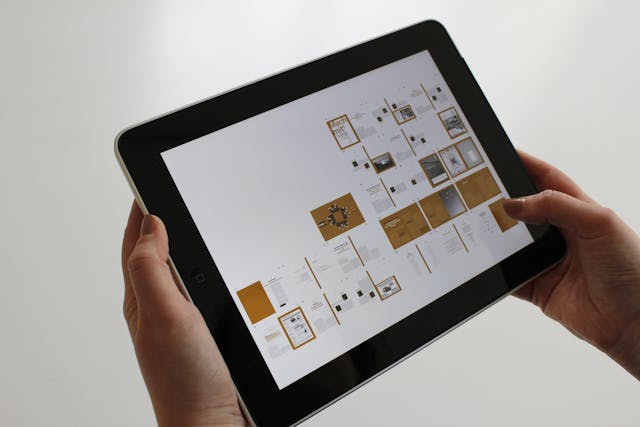
Things for IoT Designers To Keep In Mind
Although there’s a lot of overlap, IoT designers should keep some specific things in mind. Here are some best practices for UX designers working in the realm of IoT.
Start With Research
As with all UX, it’s best to begin with research. Start by identifying your target audience’s needs and problems through user research. Then, develop user personas so you can really address these issues.
You’ll need to select a platform that supports the necessary functionality for your IoT device, too. Try to meet your users where they’re at and design something that works for them and their existing devices.
Consider Diverse Interactions and Interoperability
With the Internet of Things design, there are always multiple devices at play. UX designers must consider this variety of human-device interactions when they’re designing. The challenge lies in ensuring a seamless experience across different contexts.
Ideally, you should take a holistic approach and consider the entire ecosystem. Don’t just design for one device; design for them all.
Interoperability is a key part of IoT. Ensure effective communication among different devices within the IoT ecosystem to deliver a coherent and harmonious experience.
Think About Branding
Speaking of which, consider your branding elements. You can’t build a strong brand if your product looks and works differently across different devices. Make sure you think about your branding elements and refer to your brand style guide throughout. Otherwise, you may struggle with customer loyalty.
Design for Simplicity and Intuitiveness
You should always emphasize simplicity and intuitiveness in your designs. IoT devices can be complex, but they should never feel complex for your users. Clear, consistent interfaces across all touchpoints are crucial for easy-to-understand user experiences.
Security Is Paramount
Many users will have security concerns when using their devices. Given the interconnected nature of IoT, you need to prioritize security and privacy. Design systems with this in mind and provide transparency about how you use data. This will build trust among users.
Offer Personalization
With many IoT devices, personalization presents great opportunities. For example, wearable devices, home devices, and so on. Keep this in mind when designing IoT ecosystems, offering users the chance to personalize their experiences.
Design systems that adapt to individual user needs and preferences, and you will hone the user experience.
Don’t Forget About UI
UX and UI often overlap. When it comes to designing UI for IoT devices, it’s best to stick to the general best practices. Craft intuitive interfaces that ensure comfort and ease of use, considering factors like readability.
Test, Test, Test
Test your IoT device rigorously. You should conduct usability tests throughout the product development cycle, ensuring it meets market and industry standards. Proper testing will save you time and money down the line.
Designing an IoT Device Management App
An IoT device management app helps users to monitor and control the IoT devices in their network. As we use more and more devices, these apps play a crucial role in ensuring efficiency and security. Of course, the rise of these apps presents UX designers with yet another task.
There are a lot of key considerations to keep in mind. Designers need to navigate various capabilities and challenges in their design.
For example, cybersecurity is a significant hurdle. Previously, hackers have exploited connected home appliances for phishing attacks. IoT designers need effective tools to detect and rectify potential security holds across diverse devices. Some IoT device management platforms provide real-time cybersecurity monitoring for this reason. This caters, specifically, to the business, manufacturing, and smart home industries. However, it’s a useful tool that designers can integrate into their products.
Another issue is device communication and cloud integration. Project managers may divide the project into different subsets. So, one team works on the desktop UI, another works on the smartphone UI, and so on. However, it’s important to maintain consistent branding and messaging across these devices. Meanwhile, backend developers with cloud expertise handle device communication, data storage, and firmware. Notably, cloud integration presents extra security issues, bringing us back to the first point.
Finally, scalability is paramount, especially for enterprise-focused apps targeting large-scale IoT ecosystems. The ability to manage thousands of devices becomes a critical feature for widespread adoption and success. Early decision-making on platform support and scalability can save a lot of money and effort down the line.
In essence, designing a device management app is a lot like any other app. However, there are extra considerations, such as security and device communication, to consider.
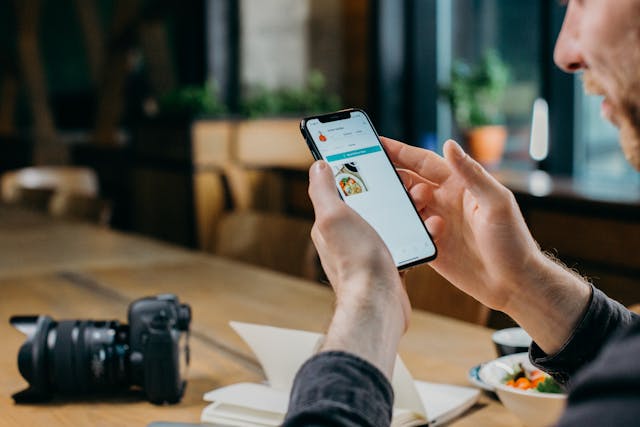
Design Better Products With Page Flows
As our devices become increasingly connected, learning the art of IoT design is crucial. For UX designers, there are a lot of things to consider at this new frontier of design. From device interconnectivity to new issues in security, the way we view user experience is changing.
Fortunately, there are plenty of ways to innovate in this arena. And, there are already some amazing products you can learn and take inspiration from. If you’re looking for IoT design inspiration, why not learn from proven products?
Page Flows is a helpful resource for finding UX design ideas. Get started today to access our growing library of user flow recordings and finally stay up-to-date with current design trends.



